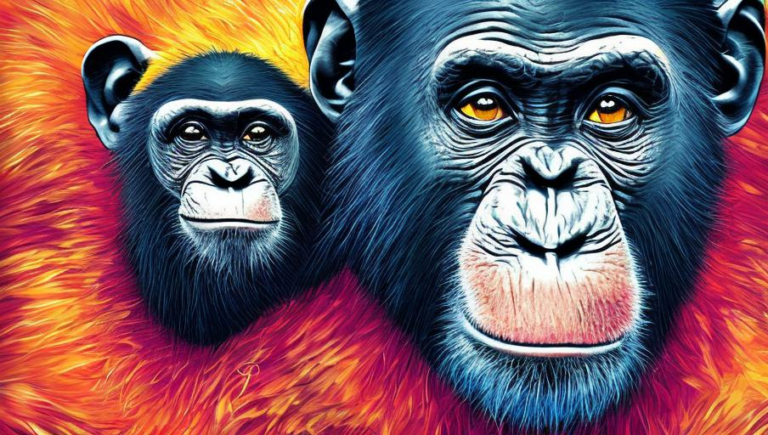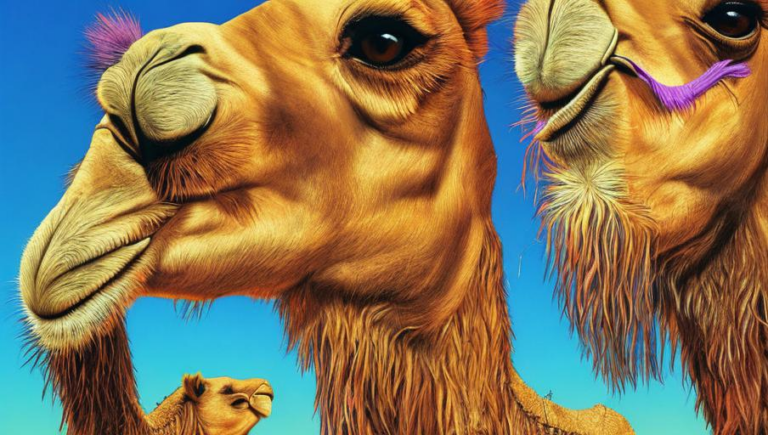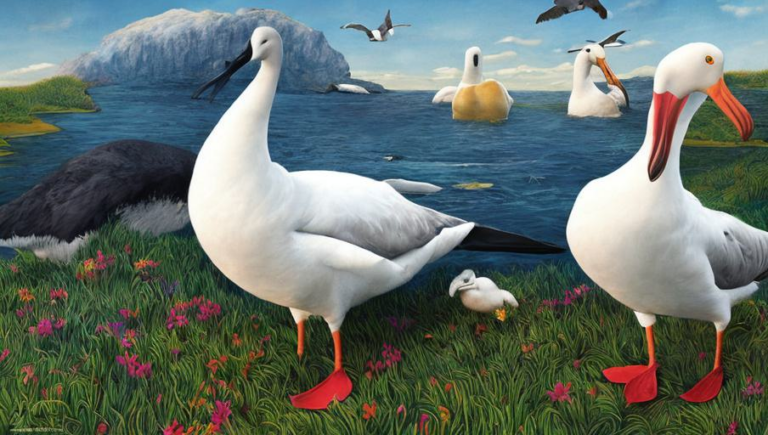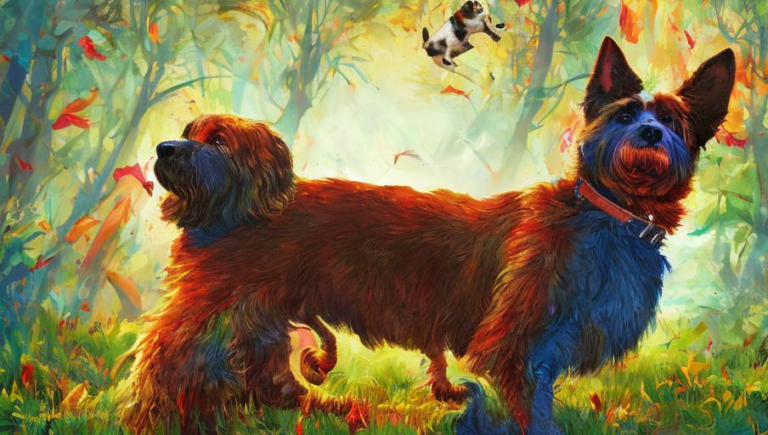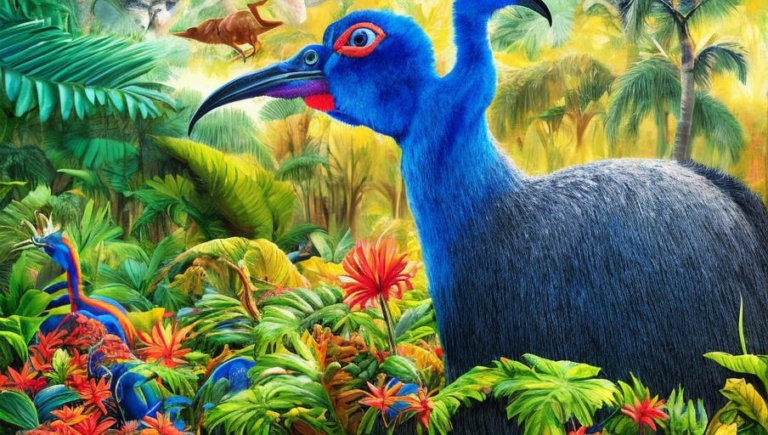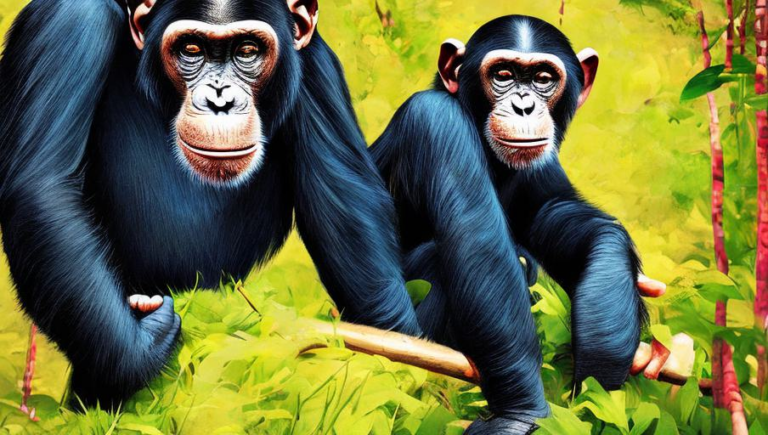Who Is the Aardvark’s Natural Predator?
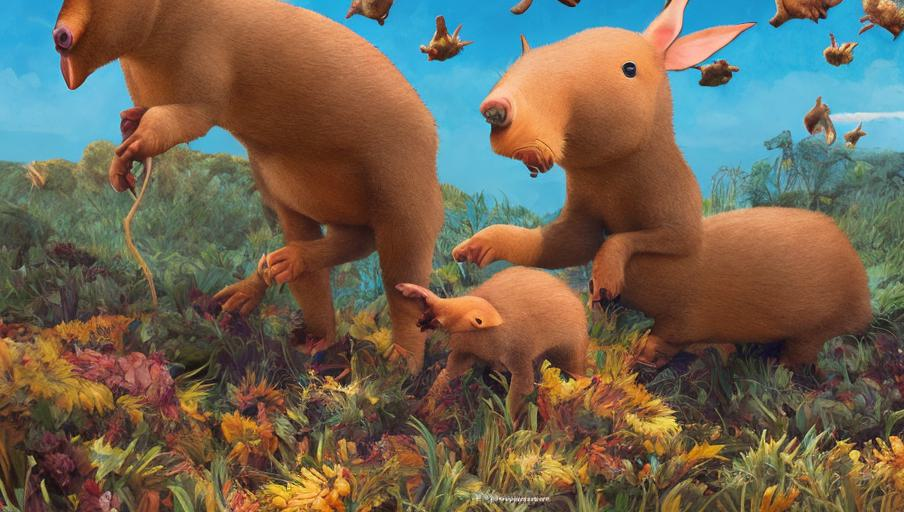
Introduction
The aardvark is an intriguing and unusual creature, found in Africa and parts of the Middle East. It is the only living species of its kind, and has a unique set of physical characteristics and behaviors. So, what is the aardvark’s natural predator?
Physical Characteristics
The aardvark is a large, burrowing mammal, with a long snout and thick, leathery skin. It has long, curved claws that it uses to dig burrows and dig up food. Its eyes are small and its ears are large and round. Its body is covered in fur, which is usually a yellowish-gray color.
Habitat and Diet
The aardvark is a nocturnal creature, and is mostly active at night. It lives in burrows in the ground, and is usually found in open, grassy areas. It eats mainly ants and termites, which it digs up from the ground. It can also eat other insects, fruits, and roots.
Predators
The aardvark has few natural predators. Lions, hyenas, and other large predators can occasionally attack and kill aardvarks, but this is rare. The aardvark’s main defense is its burrows, which can be up to three meters deep. Aardvarks will also use their sharp claws to defend themselves against predators. Other animals that may prey on aardvarks include eagles, leopards, and pythons.
Threats to the Aardvark
Despite its few natural predators, the aardvark is still threatened by human activities. The destruction of its habitat due to deforestation, urbanization, and agricultural developments is a major threat. The aardvark is also targeted by hunters who use its meat and hide. Additionally, the aardvark’s burrows are sometimes destroyed by farmers who are trying to clear land for farming.
Conclusion
The aardvark is a unique creature, but it is still threatened by human activities. Its few natural predators, such as lions and hyenas, are rarely able to catch it. The aardvark’s main defense is its burrow, which it uses to escape from predators. Unfortunately, its habitat is also threatened by human activities, including deforestation, urbanization, and agricultural developments. To help protect this species, it is important to conserve its habitat and work to reduce the threats it faces.
